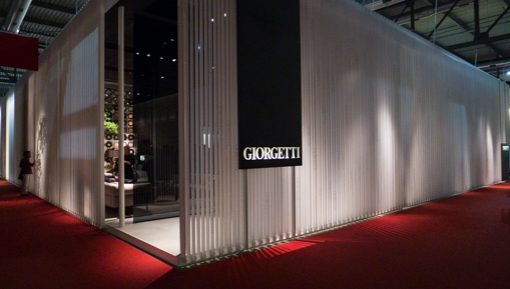During one of the long weekends in May 2014, I (Chris) visited Cologne (Köln), Germany.
Cologne, situated on the Rhine in the North-Rhine Westphalia region, the 2000 year old city is world famous for its cathedral – it is the largest church in Germany. The main train station (Hauptbanhof) is located right next to it – architecturally setting up a clash of the modern against the medieval.
Construction started in 1248 and this gothic masterpiece was completed 600 years later, in 1880, according to its original plan. The Sagrada Familia basilica of Barcelona only took 130 years so far and is still a work-in-progress – see our blog post here about that famous church.
.
There are volumes written about this church so I would not say much here … the cathedral also has an excellent web site providing virtual tours, click here.
The “swallow’s nest” organ, installed in 1998, was suspended from the ceiling above the nave by steel wires.
Aisles on either side
.
Gerhard Richter designed these windows according to the colors of the older stained glass.
.
Shrine of the Magi (three kings) – the relics were brought to Cologne from Milan in 1164. From about 1190 to 1220 a number of artisans worked on the shrine in the workshop of the goldsmith Nicholas of Verdun and in workshops in Cologne. The photo below does not do justice to the artistic and religious significance of the piece.
Altar-piece of the city’s patron saints in the Lady Chapel, painted around 1441. Mass is said in the Lady Chapel every day, this altar-piece is in daily liturgical use.
Transept and crossing
.
According to the website, “the cycle of angels depicted in the spandrels of the arcades in the high choir was executed by the Late Nazarene painter Edward von Steinle between 1843 and 1845 using a fresco technique on a gold background. “, replacing 14th century fresco that was deemed too damaged to be restored.
One can climb stairs to reach the roof where I can imagine great views of the city and the Rhine. But the long line of people waiting to go and the number of steps deterred me.
A true masterpiece landmark.
How does it compared with the Duomo in Milano ? See our blog post here on the Duomo.



























































































